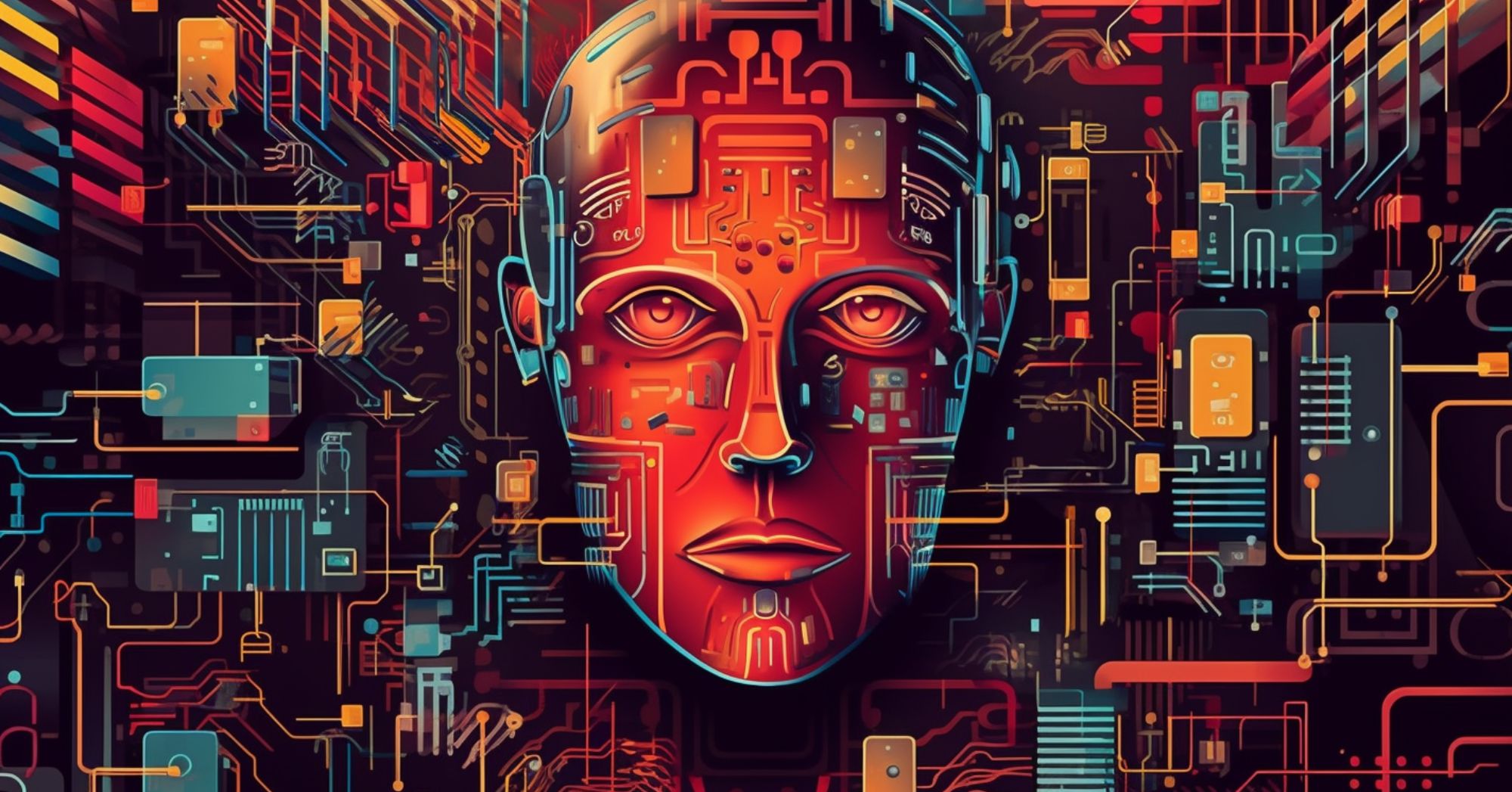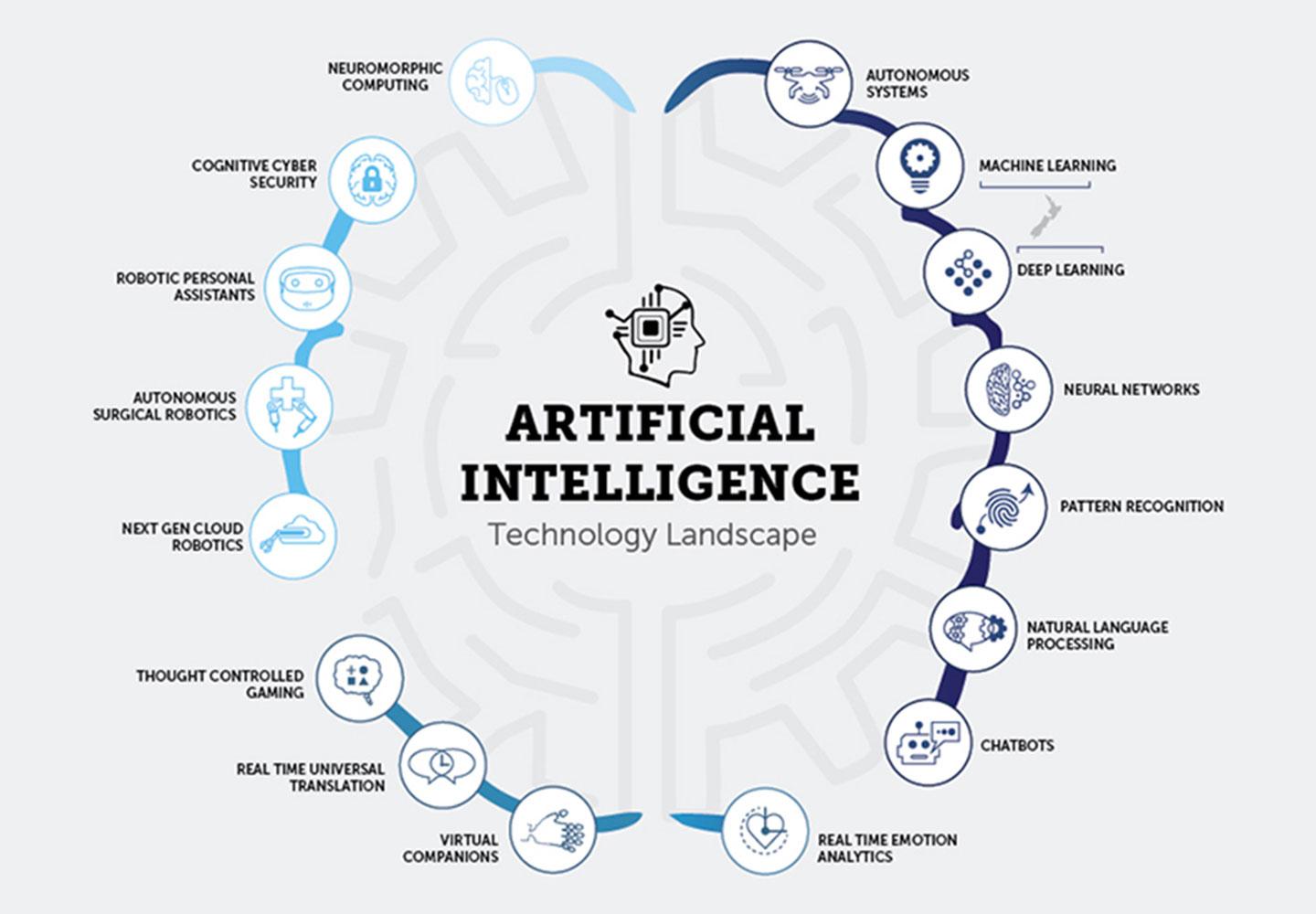
Kepenk
Add a review FollowOverview
-
Founded Date April 25, 1951
-
Sectors Security Guard
-
Posted Jobs 0
-
Viewed 67
Company Description
AI Simulation Gives People a Peek of Their Potential Future Self

In an initial user research study, the scientists discovered that after connecting with Future You for about half an hour, individuals reported decreased stress and anxiety and felt a stronger sense of connection with their future selves.

“We don’t have a real time machine yet, but AI can be a type of virtual time device. We can utilize this simulation to help individuals think more about the effects of the options they are making today,” states Pat Pataranutaporn, a recent Media Lab doctoral graduate who is actively developing a program to advance human-AI interaction research at MIT, and co-lead author of a paper on Future You.

Pataranutaporn is signed up with on the paper by co-lead authors Kavin Winson, a scientist at KASIKORN Labs; and Peggy Yin, a Harvard University undergraduate; in addition to Auttasak Lapapirojn and Pichayoot Ouppaphan of KASIKORN Labs; and senior authors Monchai Lertsutthiwong, head of AI research study at the KASIKORN Business-Technology Group; Pattie Maes, the Germeshausen Professor of Media, Arts, and Sciences and head of the Fluid Interfaces group at MIT, and Hal Hershfield, professor of marketing, behavioral decision making, and psychology at the University of California at Los Angeles. The research will be provided at the IEEE Conference on Frontiers in Education.
A reasonable simulation
Studies about conceiving one’s future self return to a minimum of the 1960s. One early technique intended at enhancing future self-continuity had individuals compose letters to their future selves. More just recently, scientists utilized virtual reality goggles to help people picture future versions of themselves.

But none of these approaches were really interactive, limiting the impact they might have on a user.
With the arrival of generative AI and large language models like ChatGPT, the researchers saw an opportunity to make a self that might talk about someone’s actual goals and aspirations during a typical discussion.
“The system makes the simulation really practical. Future You is far more detailed than what a person might develop by just picturing their future selves,” states Maes.
Users start by answering a series of questions about their current lives, things that are very important to them, and goals for the future.
The AI system utilizes this details to produce what the scientists call “future self memories” which supply a backstory the design pulls from when interacting with the user.
For example, the chatbot might discuss the highlights of someone’s future profession or answer concerns about how the user conquered a specific challenge. This is possible due to the fact that ChatGPT has been trained on comprehensive data including individuals talking about their lives, professions, and excellent and bad experiences.
The user engages with the tool in two ways: through self-questioning, when they consider their life and goals as they build their future selves, and revision, when they contemplate whether the simulation reflects who they see themselves ending up being, says Yin.
“You can picture Future You as a story search area. You have a chance to hear how a few of your experiences, which might still be mentally charged for you now, might be metabolized over the course of time,” she states.

To assist individuals imagine their future selves, the system generates an age-progressed image of the user. The chatbot is also designed to provide vivid answers using phrases like “when I was your age,” so the simulation feels more like a real future version of the person.
The capability to take recommendations from an older version of oneself, instead of a generic AI, can have a more powerful positive effect on a user pondering an uncertain future, Hershfield states.
“The interactive, vivid components of the platform give the user an anchor point and take something that might lead to anxious rumination and make it more concrete and productive,” he includes.
But that realism could backfire if the simulation relocates an unfavorable direction. To avoid this, they ensure Future You warns users that it reveals only one prospective version of their future self, and they have the company to change their lives. Providing alternate answers to the survey yields a totally various discussion.
“This is not a prophesy, however rather a possibility,” Pataranutaporn states.
Aiding self-development
To assess Future You, they conducted a user study with 344 individuals. Some users connected with the system for 10-30 minutes, while others either engaged with a generic chatbot or just filled out surveys.
Participants who utilized Future You had the ability to construct a better relationship with their perfect future selves, based on a statistical analysis of their actions. These users also reported less anxiety about the future after their interactions. In addition, Future You users stated the conversation felt sincere which their worths and beliefs appeared constant in their simulated future identities.
“This work forges a new path by taking a well-established psychological strategy to envision times to come – an avatar of the future self – with cutting edge AI. This is exactly the type of work academics need to be concentrating on as technology to develop virtual self designs merges with big language designs,” says Jeremy Bailenson, the Thomas More Storke Professor of Communication at Stanford University, who was not included with this research.
Building off the results of this preliminary user research study, the researchers continue to tweak the methods they develop context and prime users so they have discussions that assist build a stronger sense of future self-continuity.
“We wish to direct the user to speak about certain topics, rather than asking their future selves who the next president will be,” Pataranutaporn states.
They are likewise adding safeguards to avoid individuals from misusing the system. For example, one could think of a company producing a “future you” of a possible customer who accomplishes some great result in life since they acquired a specific product.
Moving on, the scientists want to study specific applications of Future You, maybe by making it possible for individuals to check out different professions or picture how their daily choices could affect environment change.

They are also gathering information from the Future You pilot to much better comprehend how people use the system.
“We don’t desire people to become depending on this tool. Rather, we hope it is a meaningful experience that helps them see themselves and the world differently, and assists with self-development,” Maes says.